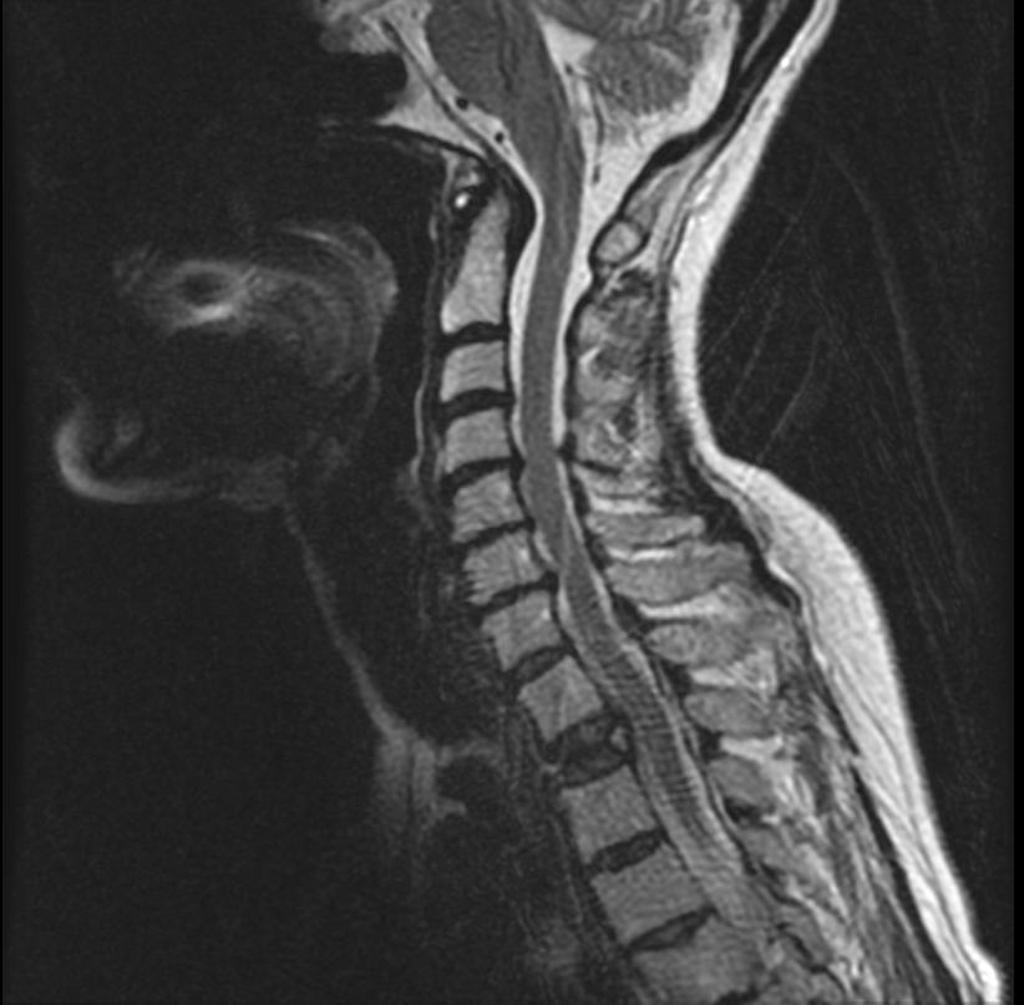Osteoporosis X-ray
|
Osteoporosis Microchapters |
|
Diagnosis |
|---|
|
Treatment |
|
Medical Therapy |
|
Case Studies |
|
Osteoporosis X-ray On the Web |
|
American Roentgen Ray Society Images of Osteoporosis X-ray |
Editor-In-Chief: C. Michael Gibson, M.S., M.D. [1]
Overview
Osteoporosis x-ray
- X-ray may be helpful in the diagnosis of osteoporosis. The main finding on x-ray suggestive of osteoporosis is bone mass loss, identified with decreased bony trabecula in primary stages and then decreased cortical thickness. The most common bones monitored for osteoporosis evidences are femoral neck, lumbar vertebrae, and calcaneum.
- Plain radiography needs at least 30-50% of bone loss to demonstrate decreased bone density; therefore, it is not a very sensitive modality.
 |
Lumbar vertebrae
- The major findings correlated to osteoporosis in lumbar vertebrae are include:
- Wedge shape of vertebrae (decreasing anterior height of the body)
- Picture frame vertebrae (decreased cortical bone in periphery)
- Ghost vertebrae (decreased trabecular bone in the body)
- Vertebra plana (severe compression fracture)[2]
Femoral neck
- Singh's index: categorization of femoral neck bone mineral density upon visual scale of the trabecular bone existence on x-ray.
- The Singh's categories include:
- Grade 1: thin principle compression trabeculae
- Grade 2: principle compression trabeculae
- Grade 3: thin principle tensile trabeculae, with discontinuity
- Grade 4: thin principle tensile trabeculae, with continuity
- Grade 5: thin principle tensile and compression trabeculae
- Grade 6: normal appearance
- Reduced density of trabecular bone in the area, which is described by means of Singh's index (grades 3, 2, and 1), could reflect the diagnosis of osteoporosis[3]
Tubular bones
- Osteoporosis in these bones, especially metacarpals and metatarsals, appeared as loss of cortical thickness. However, cortical thickness of less than 25% of entire bone demonstrate osteoporosis.[2]